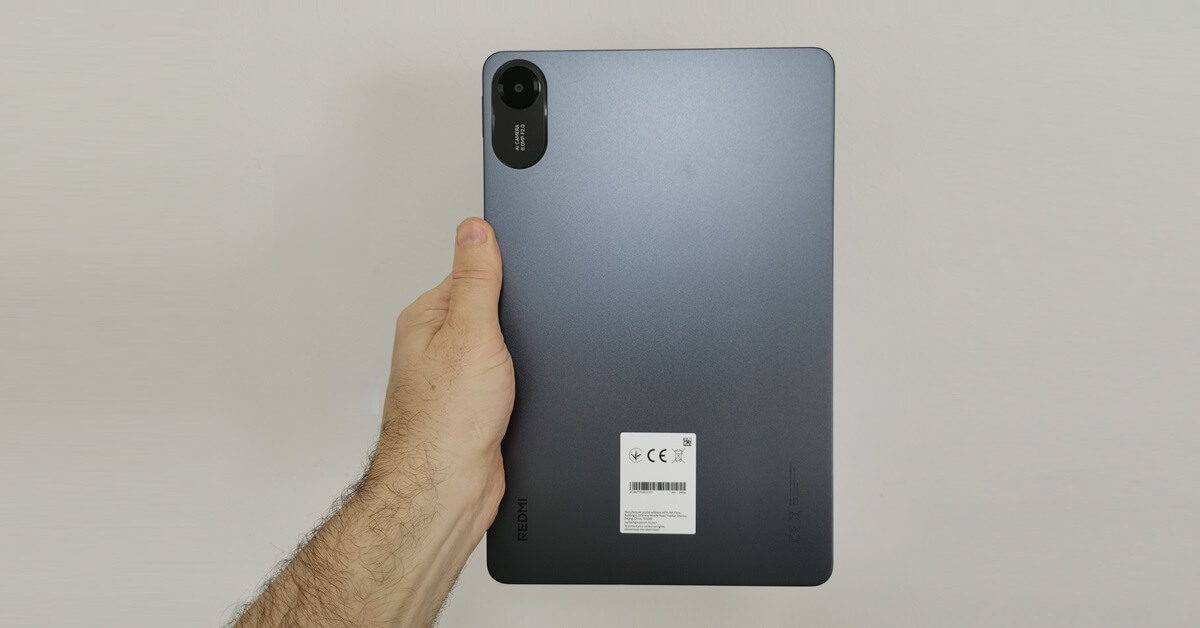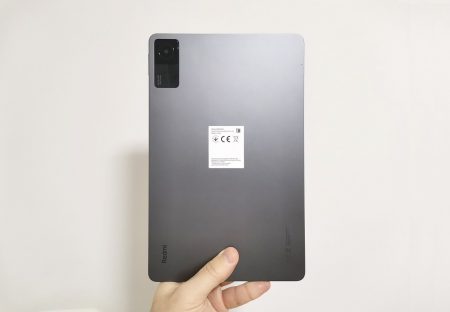Hardware
Powered by the Helio-G100-Ultra, a refined version of the MediaTek Helio G99 chipset produced in a 6nm manufacturing process, this device delivers good performance that perfectly matches its price.
CPU Architecture
The processor architecture features a configuration of 8 cores, organized into two clusters. One cluster consists of 6 Cortex-A55 cores that operate at frequencies between 500MHz and 2000MHz, while the second cluster contains two Cortex-A76 cores that function at frequencies ranging from 725MHz to 2200MHz.
Overall performance assessment of the device
The performance of the tablet running Xiaomi HyperOS 2.0.102.0 right out of the box is pretty good. It runs smoothly and responds well, likely because Xiaomi hasn’t bombarded it with a ton of software ads that could slow it down. Overall, it does the job just fine!
Redmi Pad 2 | Hardware/OS Information (Screenshots)
Redmi Pad 2 vs. Oppo Pad SE
Here is a concise comparison of the specifications between the Oppo Pad SE, which was also launched this year on May 15, 2025. While, both chips share identical core configurations, GPU, and memory support, the Ultra version have a slight advantage and may have optimizations for efficiency and AI processing.
| Specification | Xiaomi Redmi Pad 2 | Oppo Pad SE |
|---|---|---|
| Announced | 2025, Jun 5 | 2025, May 15 |
| 11-inch (diagonal) Display Size | ✅ | ✅ |
| Stylus support | ✅ | ✅ |
| Operating System | Android 15, HyperOS | Android 15, ColorOS 15 |
| Screen Type | LCD | LCD |
| Resolution | 2,560 x 1,600 pixels | 1200 x 1920 pixels |
| Peak Brightness | 600 nits (peak) | 500 nits (peak) |
| Chipset | Mediatek Helio G100 Ultra (6 nm) | Mediatek Helio G100 (6 nm) |
| GPU | Mali-G57 MC2 | Mali-G57 MC2 |
| Configurations (RAM & Storage) | 6GB/128GB 8GB/128GB 8GB/256GB | 4GB RAM/128GB 8GB RAM/256GB (WiFi) 8GB RAM/256GB (4G) |
| Rear Camera | 5MP | 5MP |
| Front Camera | 8MP | 5MP |
| Dolby Atmos | ✅ | ❌ |
| Stylus pen | ✅ | ❌ |
| SD Card slot | ✅ | ❌ |
| 3.5mm jack | ✅ | ❌ |
| Speakers | 4 | 2 |
| Thickness | 7.36mm | 7.4mm |
| Weight | 516 g | 527 g |
| Battery & Charging | Li-Po 9,000mAh /18W (max) | Li-Po 9,340 mAh /33W (max) |
GPU
The tablet is equipped with a mid-range GPU, the ARM Mali-G57 MC2, which is built on the Valhall architecture and manufactured using a 16 nm process. This robust GPU boasts 2 execution units and 64 shading units, achieving a clock speed of 850 MHz and delivering an impressive peak performance of 243.2 GFLOPS (FP32). Its 256 KB cache memory significantly enhances performance, optimizing graphics rendering efficiency. Fully compatible with OpenGL ES 3.2, Vulkan 1.1, OpenCL 2.0 it provides above decent gaming experience rivaling that of the Adreno 618.
Gaming Performance
In our testing, the device with 8GB of RAM we checked exceeded expectations in terms of performance. We successfully played popular titles such as Call of Duty, Asphalt, CarX Street, and more. While Xiaomi has not yet included the Game Turbo feature—a built-in gaming performance enhancer found in HyperOS—there’s a possibility that it may be introduced in future firmware updates. Similar to the Oppo Pad SE tablet, this device also lacks gyro sensors, which are essential for gamers and allow for interactive gameplay through tilting or rotating the device, which is particularly useful while playing racing games and more.
Evaluating a variety of popular games.

















